

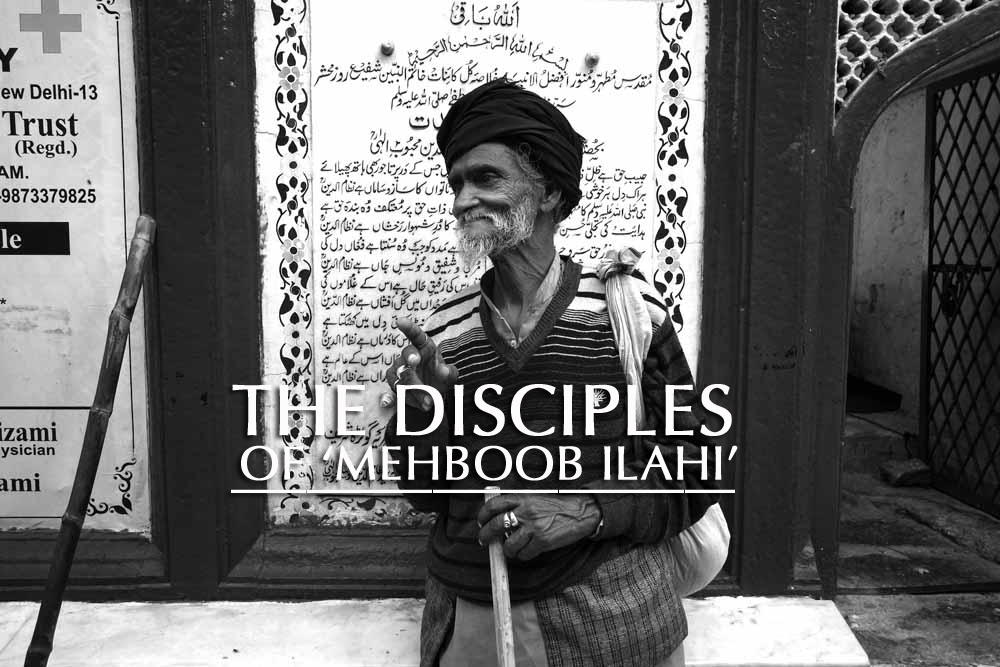
© Tewfic El-Sawy - All Rights Reserved
The Disciples of Mehboob Ilahi One of my favorite street photography haunts in Delhi is the area known as Nizzam Uddin (West) where stands the shrine of one of the world's most famous Sufi saints, Hazrat Nizamuddin Auliya (1238 - 1325). A Sufi saint of the Chishti Order in the Indian Subcontinent; he established an order that sought to draw close to God through renunciation of the world and service to humanity.
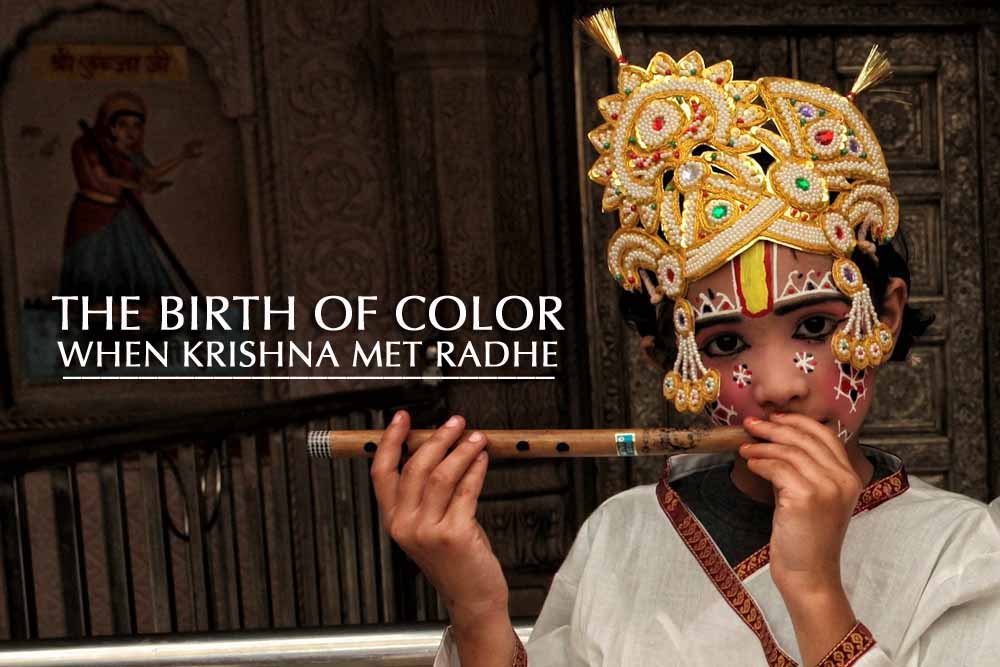
© Tewfic El-Sawy - All Rights Reserved
The Birth of Color. It is said that blue-skinned Krishna was worried that the fair Radhe would reject him because of his complexion. His mother urged him to color Radhe's face to find out. He did, and she fell in love with him. The legend of Radhe's getting colored is commemorated in India as the festival of Holi.
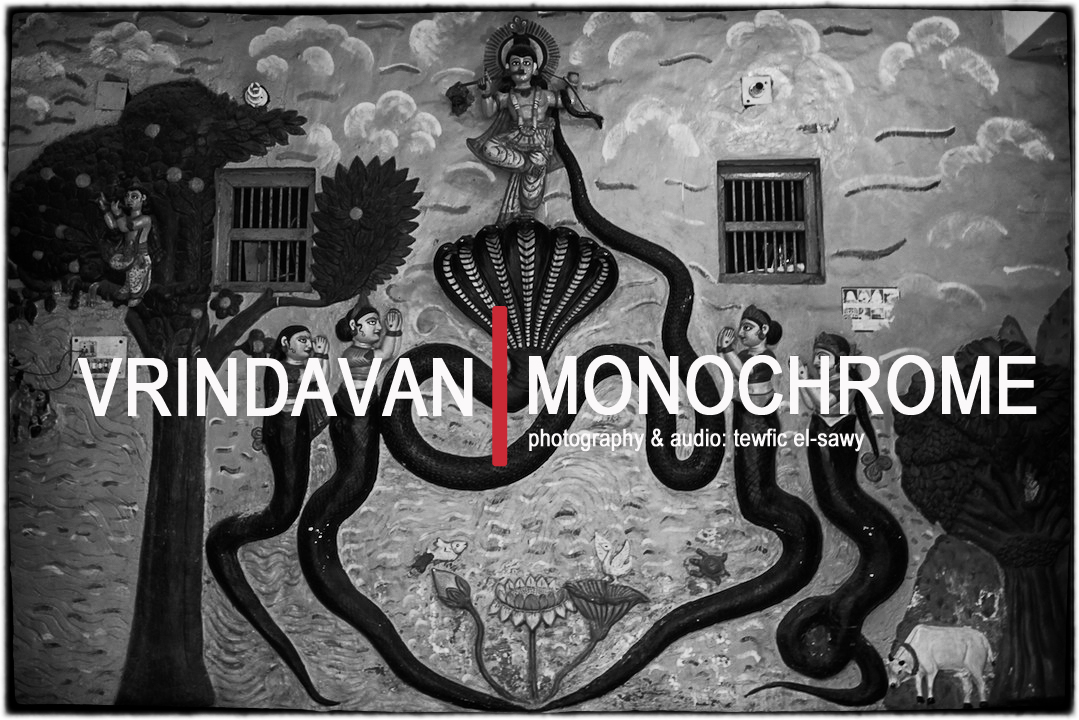
© Tewfic El-Sawy - All Rights Reserved
Vrindavan | Monochrome. is a gallery of black and white photographs; an antithesis to the explosive colors of the Holi festival, and is of pilgrims, devotees and dwellers of this holy and sacred city, going along their daily routine, whether these are widows near ashrams, Bengali pilgrims bathing in the Yamuna river and drying their clothes, Hare Krishna devotees on daily yatra, elderly dwellers basking in the sun or spiritual guides taking the hordes of pilgrims around its thousands of temples.
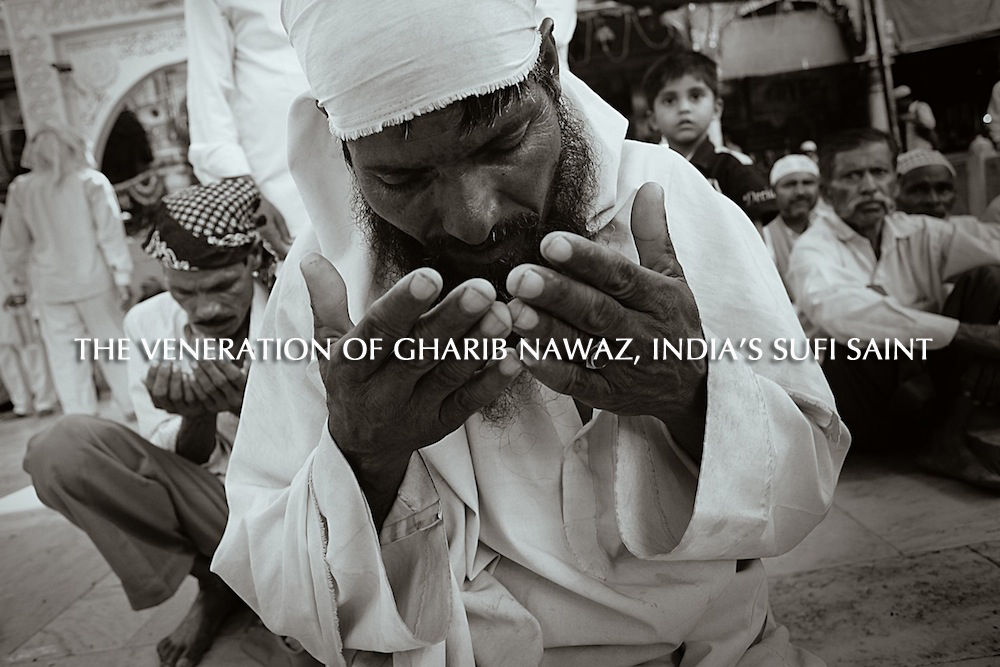
© Tewfic El-Sawy - All Rights Reserved
Gharib Nawaz The death anniversary of the revered Sufi saint, Moin'Uddin Chisti is a religious event Ajmer in which some 700,000 pilgrims are said to attend. Moinuddin Hasan Chishti, also known as Gharib Nawaz, is the most revered Sufi saint in South Asia, and is known to have been a liberal religious figure, and have nurtured a universal acceptance of all faiths.
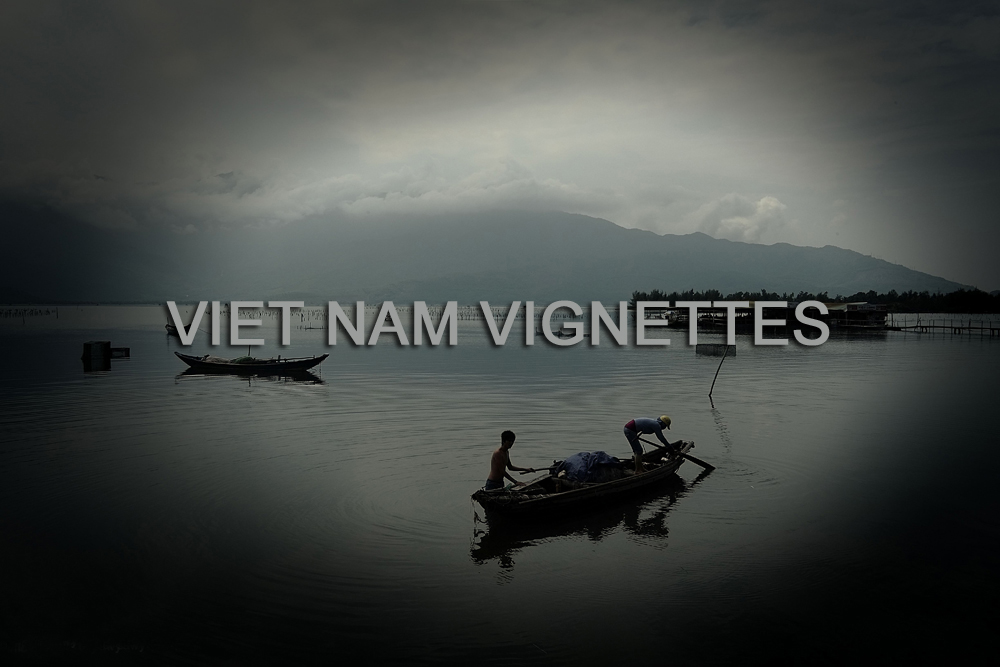
© Tewfic El-Sawy - All Rights Reserved
VietnamVignettes. This is one of the many galleries of Vietnam photographs made during a two week long photo expedition to the northern half of the country. The color photographs were made in Hanoi, Hoi An, Da Nang and Sa Pa, using a Canon 5D II, a Leica M9 and a Fuji XPro1.
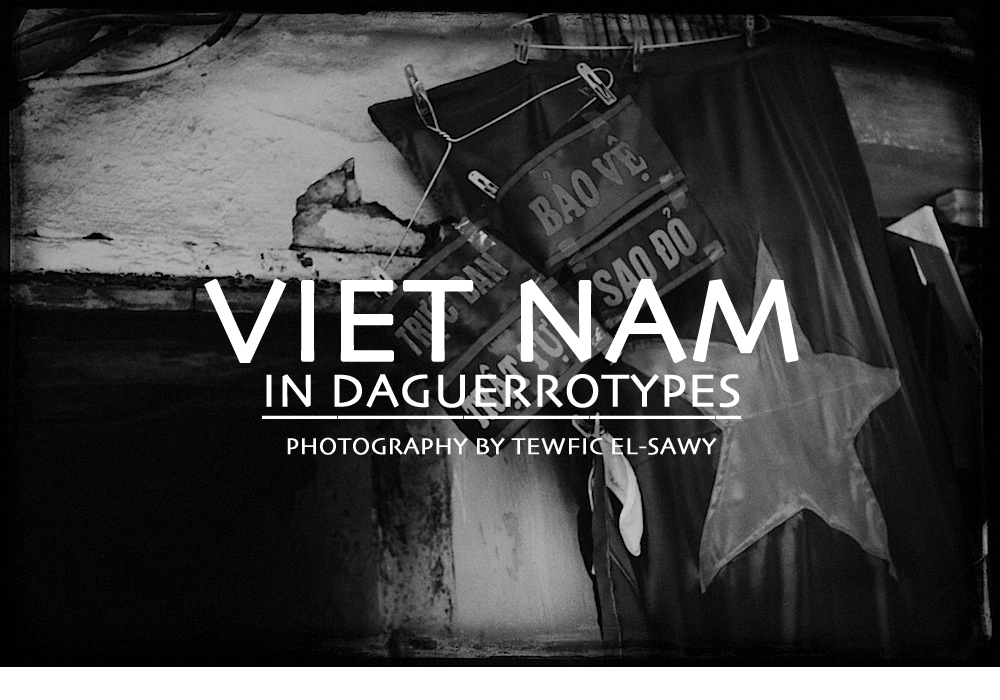
© Tewfic El-Sawy - All Rights Reserved
Vietnam Daguerrotypes. This is another of the many galleries of Vietnam photographs made during a two week long photo expedition to the northern half of the country. The photographs were made in Hanoi, Hoi An, Da Nang and Sa Pa, using a Canon 5D II, a Leica M9 and a Fuji XPro1, and were processed using Alien Skin Software to resemble daguerrotypes.
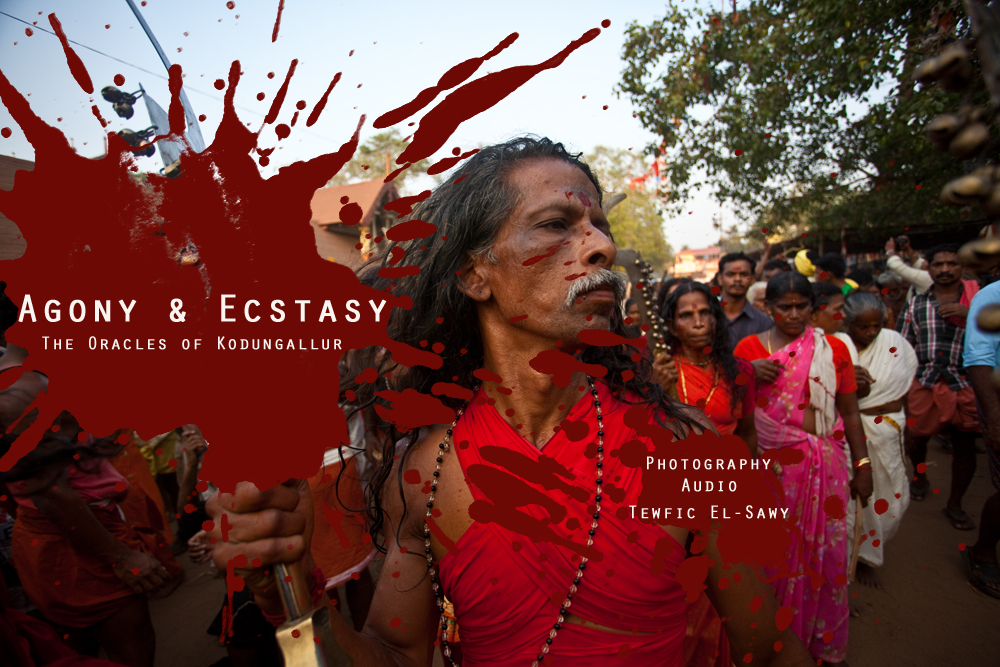
© Tewfic El-Sawy - All Rights Reserved
The Oracles of Kodungallur celebrate their festival in the Bhagawati temple in Kerala, which usually occurs between the months of March and April. It involves sacrifice of cocks and shedding of the Oracles own blood, to appease the goddess Kali and her demons who are said to relish blood offerings. A chaotic religious event attended by thousands of devotees and their extended families, and certainly not for the fainthearted.
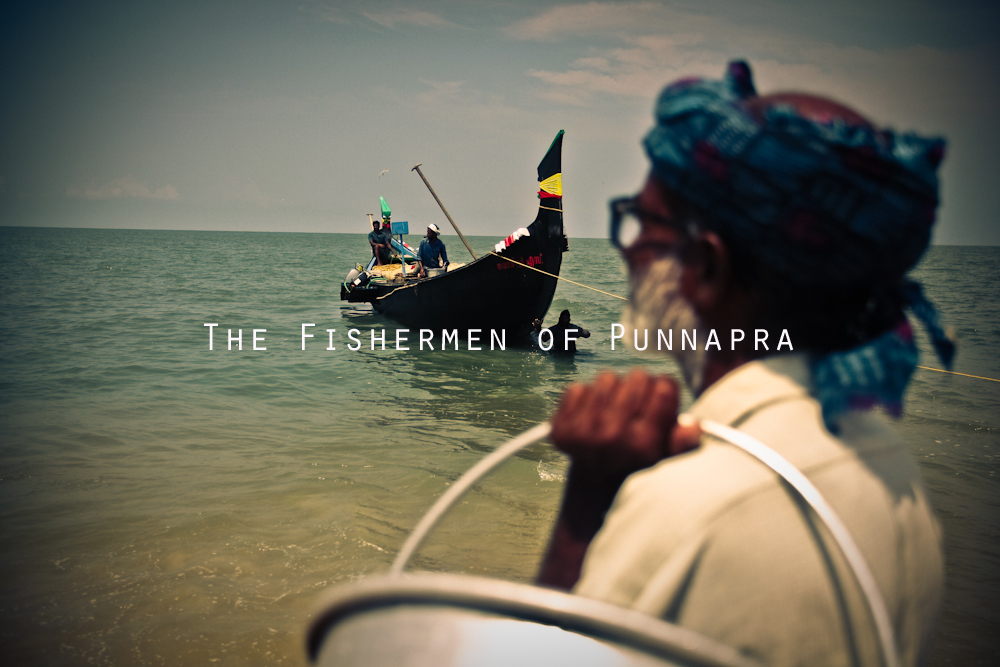
© Tewfic El-Sawy - All Rights Reserved
The Fishermen of Punnapra. Fishing is one of the main sources of income in Kerala, and the fishing communities are found along its beaches and backwaters. This short audio slideshow features the arrival of the fishing boats on Punnapra beach and the frenetic auction activity which follows.
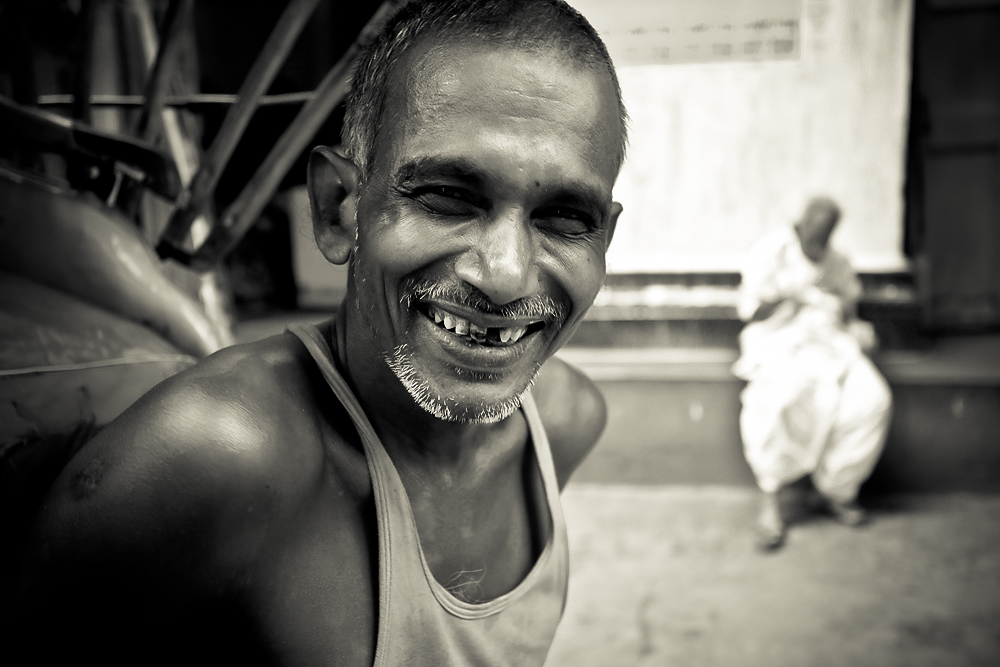
© Tewfic El-Sawy - All Rights Reserved
The Rickshaw Wallahs. The government of Bengal had announced plans to completely ban the rickshaws, saying that the grueling work violates the pullers human rights, the argument was rejected by the rickshaw pullers with huge protests. Almost all of the pullers I spoke to were from the state of Bihar, one of India's poorest states. The rickshaws carry business people, live poultry, school children, the sick to the hospitals, fruit to the markets, and even prostitutes.
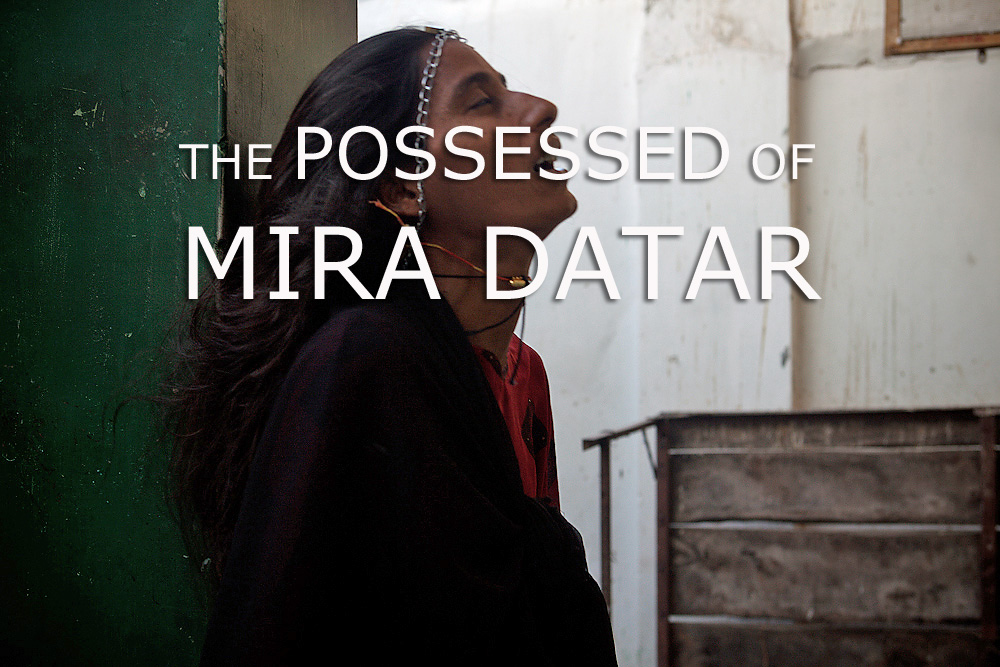
© Tewfic El-Sawy - All Rights Reserved
The Possessed of Mira Datar is about the shrine of a Sufi saint in Gujarat (India) where hundreds of Muslim and Hindu pilgrims come every day. The belief that this saint can rid people of evil spirits, and other assorted maladies, has continued undiminished for over 600 years. Stories of possessed pilgrims being cured by vomiting snakes, scorpions and nails are circulated by the religious keepers of the shrine, to maintain their status and financial gains.
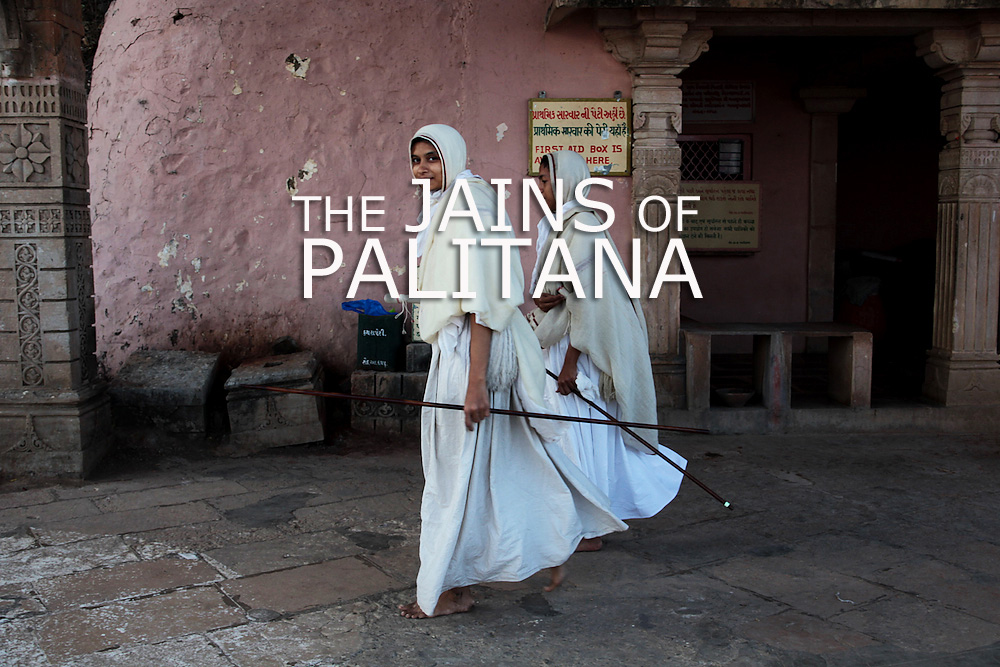
© Tewfic El-Sawy - All Rights Reserved
The Jains of Palitana. The Palitana temples are considered to be the most sacred pilgrimage place for the Jain community, and there are more than 1300 temples catved of marble located on the Shatrunjaya hills. The Svetambara nuns and monks who make the pilgrimage, walk the 3800 steps to the top of the hill over three days whilst maintaining a complete fast.
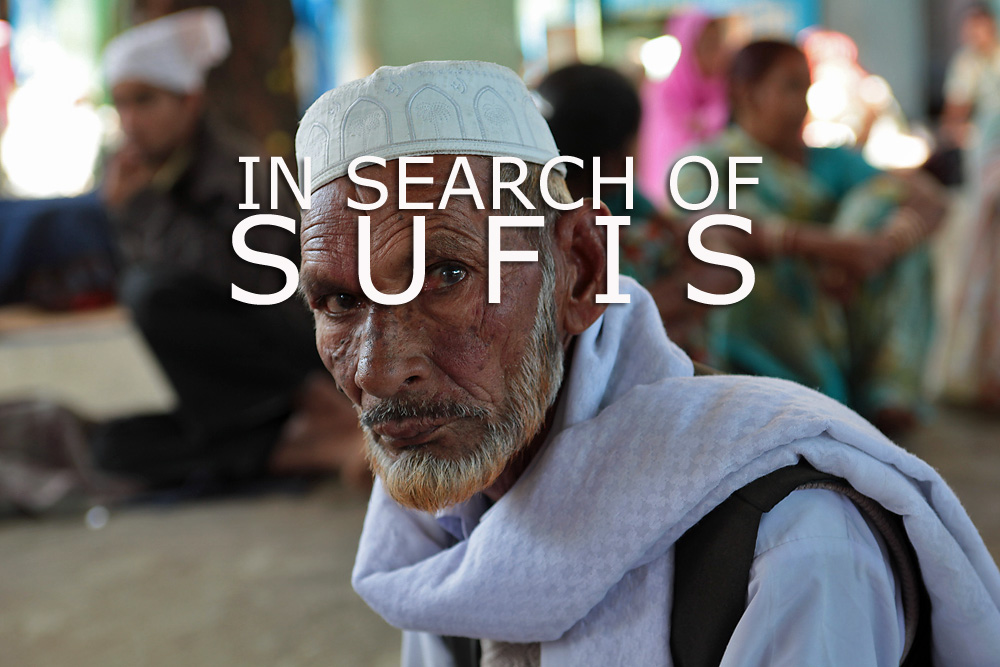
© Tewfic El-Sawy - All Rights Reserved
The Sufis of Gujarat. Sufism arrived to India by way of Afghanistan and Iran. The Sufi ascetics wandered in the subcontinent, spreading their belief in tolerance and wisdom. When these ascetics died, they were considered as saints, and their tombs became shrines for their followers. It is at these shrines that Hindus, Muslims and Sikhs now come to supplicate the saints for favors, and for exorcism of evil spirits.
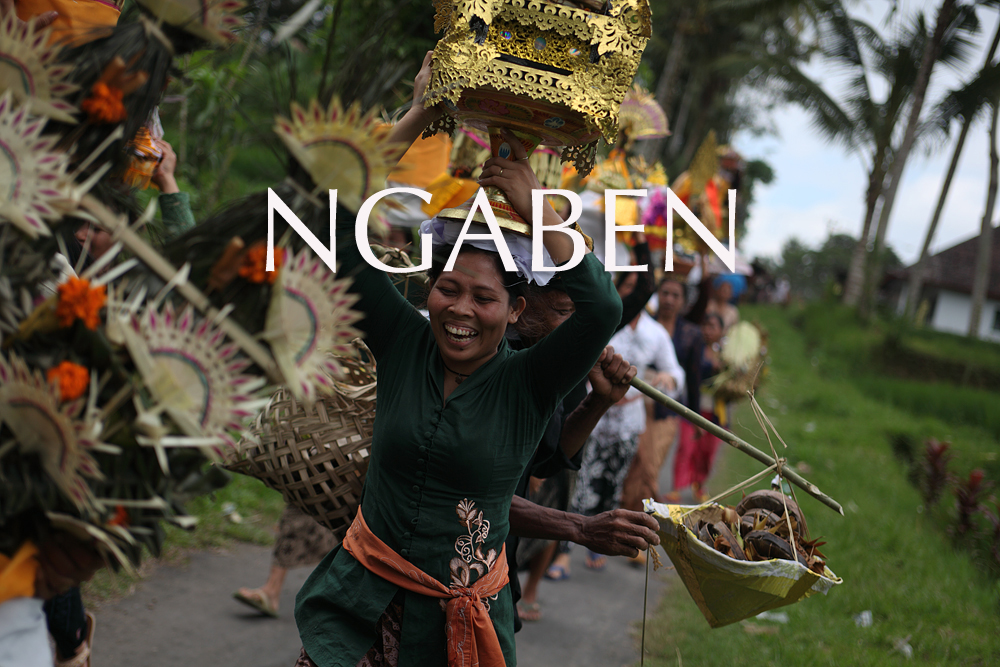
© Tewfic El-Sawy - All Rights Reserved
Ngaben, or Cremation Ceremony, is the ritual performed in Bali to send the deceased to the next life. It's an occasion of joy for the Balinese rather than mourning, as cremation frees the deceased's soul for reincarnation, attaining what is known as moksha in Hinduism. The Ngaben rituals for Balinese higher caste members is normally conducted within 3 days of death however, for lower caste members, the deceased are buried first and cremated much later, frequently in a group ceremony.
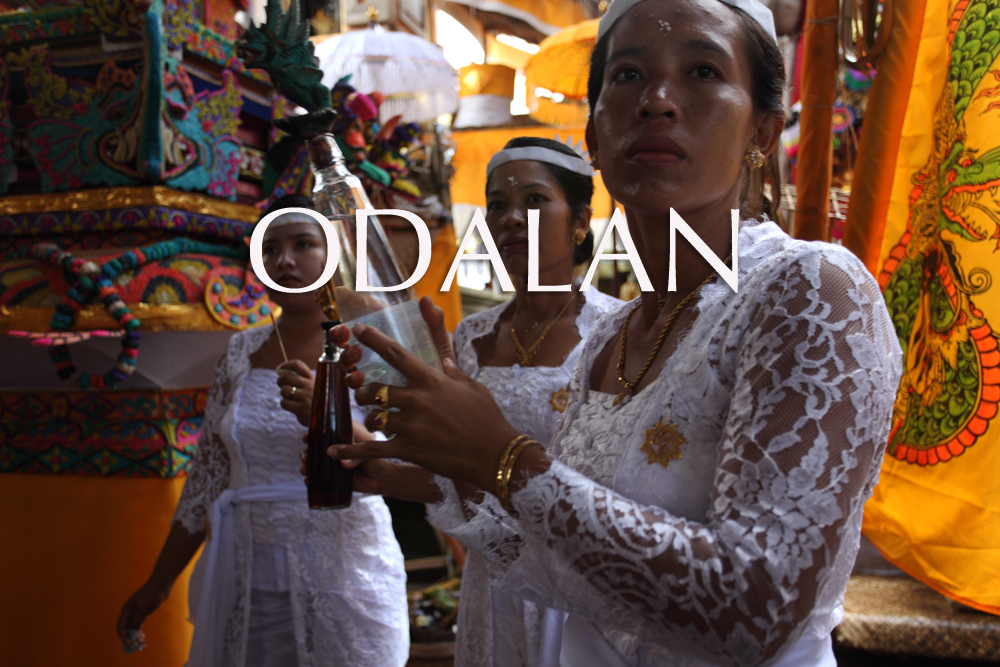
© Tewfic El-Sawy - All Rights Reserved
Odalan is a Hindu temple ceremony in Bali, and is observed to celebrate or commemorate the anniversary of a temple's consecration. Based on the Balinese traditional Pawukon calendar, it is celebrated every 6 months, or every 210 days. Odalans commemorate the anniversary of a temple's consecration. Most odalans last about three days. The anniversary includes worship services, the giving of offerings such as food, money, and flowers as well as animal sacrifice.
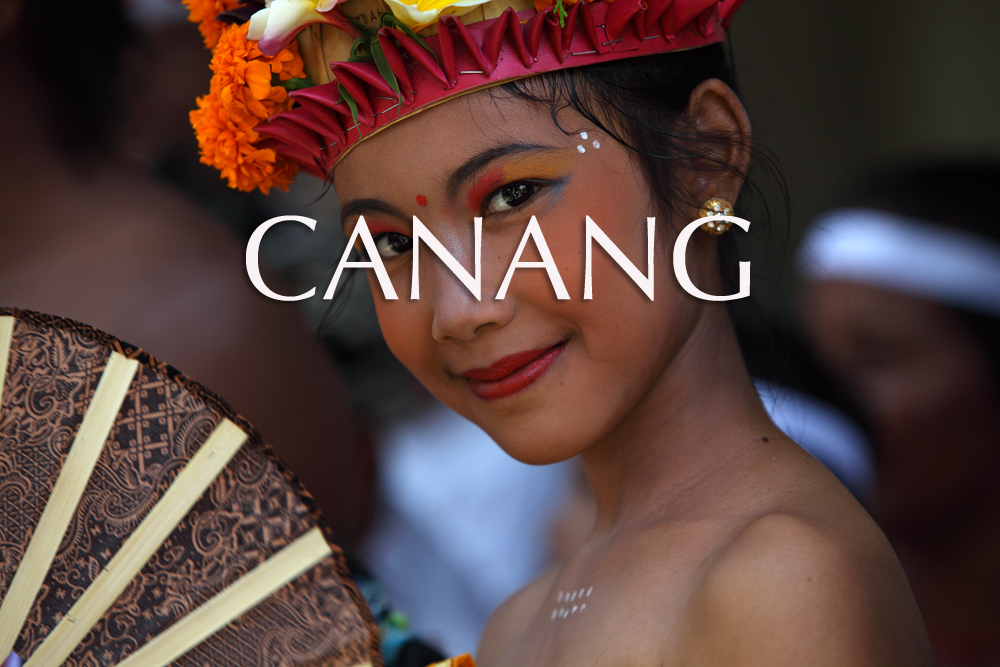
© Tewfic El-Sawy - All Rights Reserved
Canang is a small offering of flowers and/or money placed by the Balinese on a square tray woven out of coconut leaf. "Canang" refers to the tray, while "sari" refers to the essence of the offering. These offerings are offered every morning by devout Balinese to show gratitude to the creator known as Ida Sang Hyang Widi Wasa. I thought it would be an appropriate title for this gallery of portraits made of Balinese people.
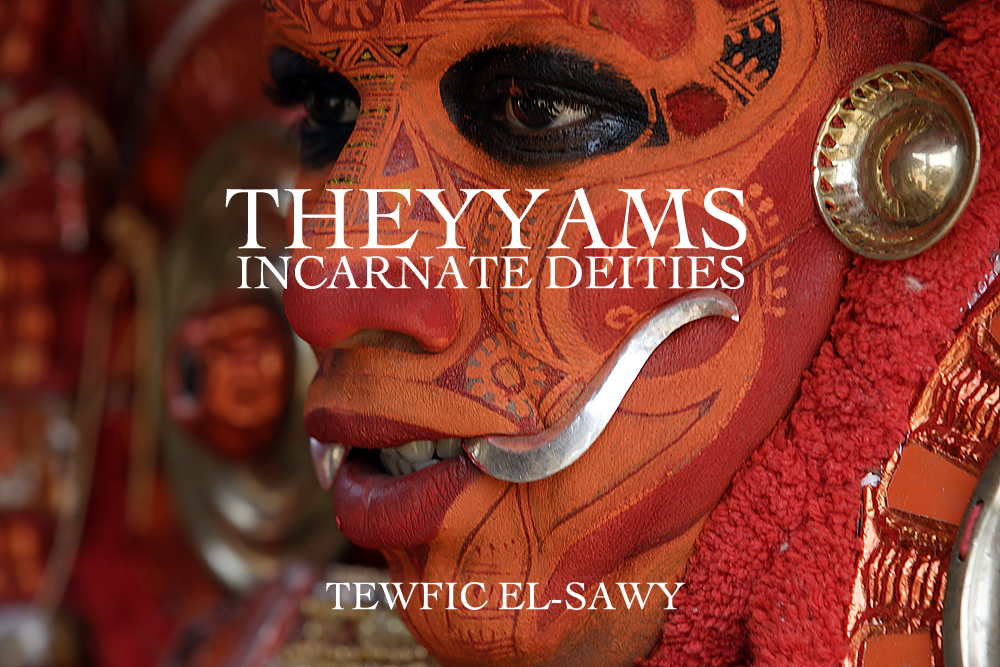
© Tewfic El-Sawy - All Rights Reserved
Theyyam is a ritual of worship predominantly observed in North Kerala, India. It's a living cult with several thousand-year-old traditions, rituals and customs, and includes almost all the castes and classes of the region. The performers of Theyyam belong to the indigenous tribal community, and have an important position in Theyyam. The term Theyyam is a corrupt form of Devam or God. People of these districts consider Theyyam itself as a god and seek its blessings.

© Tewfic El-Sawy - All Rights Reserved
Kathakali is the most famous dance drama from the south Indian state of Kerala. The word Kathakali literally means "story-play", and its production uses large, elaborate makeup and costumes. The Kathakali themes are religious in nature, and typically portray scenes from the Mahabarata, the Ramayana and the ancient scriptures known as the Puranas. The performers rely on hand gesture to convey the story. These hand gestures, known as mudra, are common in classical Indian dance.
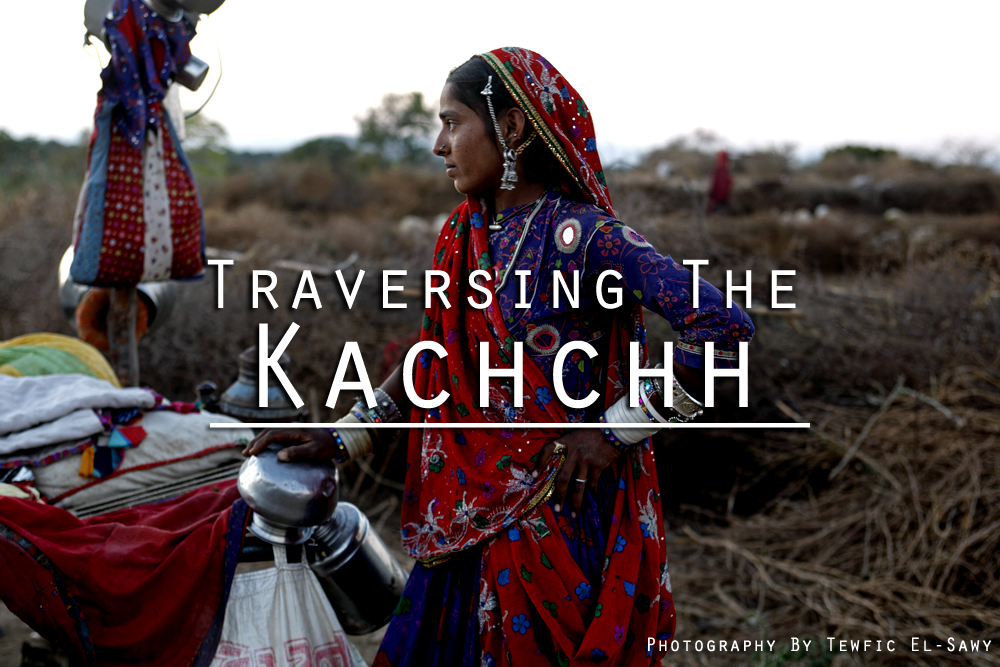
© Tewfic El-Sawy - All Rights Reserved
The Kachchh is a district of Gujarat state in western India. It is the second largest district of India. The area is inhabited by various ethnic groups and communities; many of whom have come to the region after centuries of migration from neighboring Rajasthan, Sindh, Afghanistan and further. The tribal groups include the Leva Patel, the Rabaris, the Meghwals, the Ahirs, the Jaths and many others.
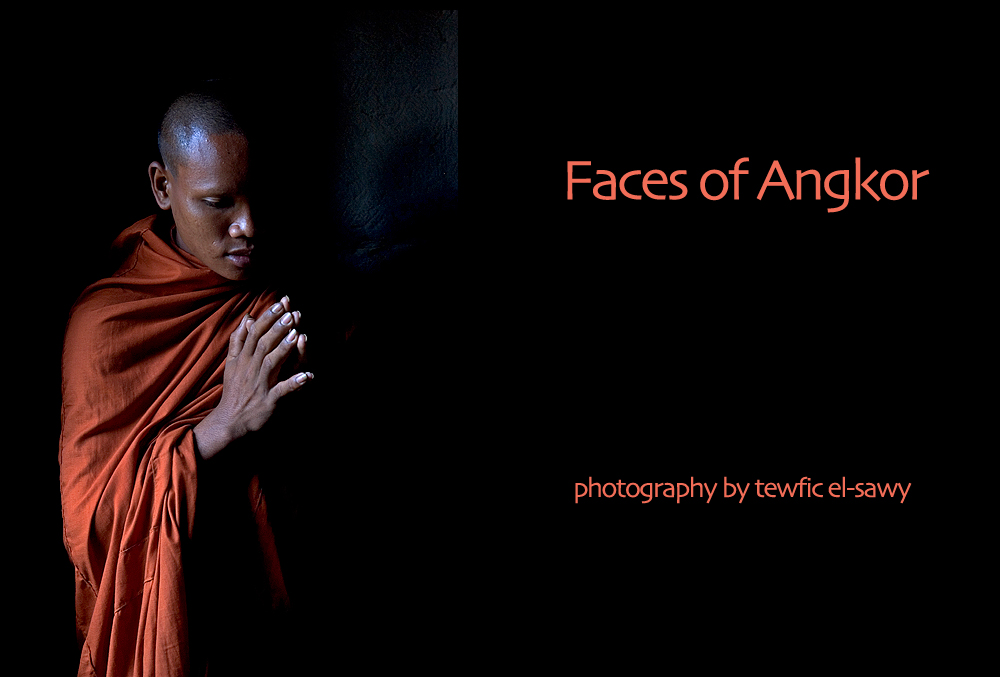
© Tewfic El-Sawy - All Rights Reserved
Angkor stretches over 400 square kilometers, and contains the magnificent remains of several capitals of the Khmer Empire of the 9th to the 15th centuries, including the largest pre-industrial city in the world. The most famous are the Temple of Angkor Wat and the Bayon Temple. Angkor Wat was built in the first half of 12th century by King Suryavarman II. The gallery of photographs are of the people living in Angkor.
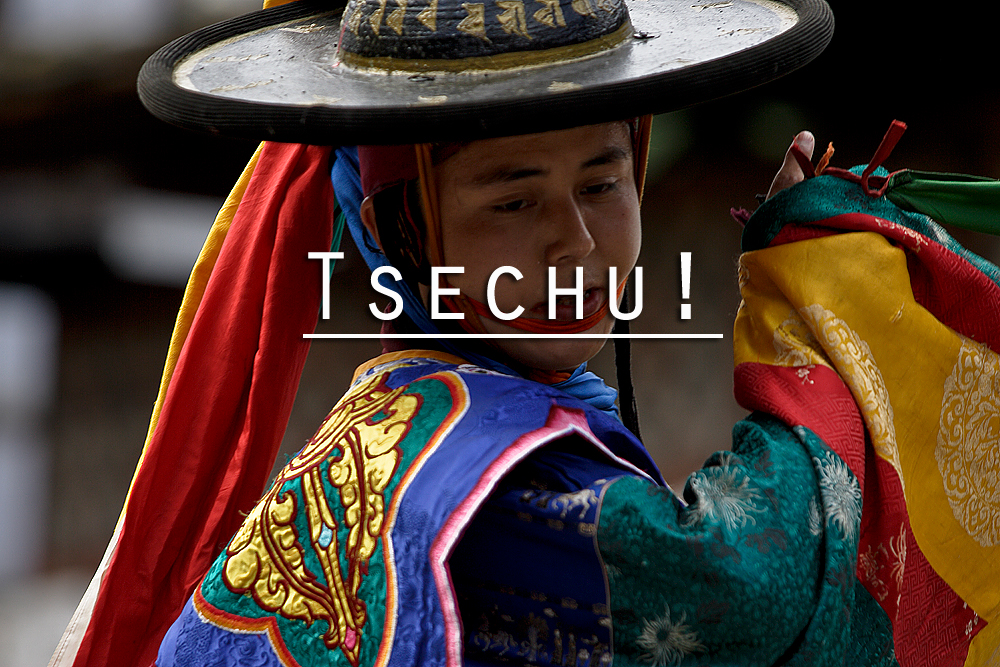
© Tewfic El-Sawy - All Rights Reserved
Tsechus are annual religious Bhutanese festivals celebrated in each district of Bhutan on specific dates in the lunar Tibetan calendar, and are usually held in fall of each year. The highlight of the tsechus are the sacred Cham Dances, which involve costumed, masked dancers and which are moral vignettes, and based on events from the life of Padmasambhava and other Buddhist saints.
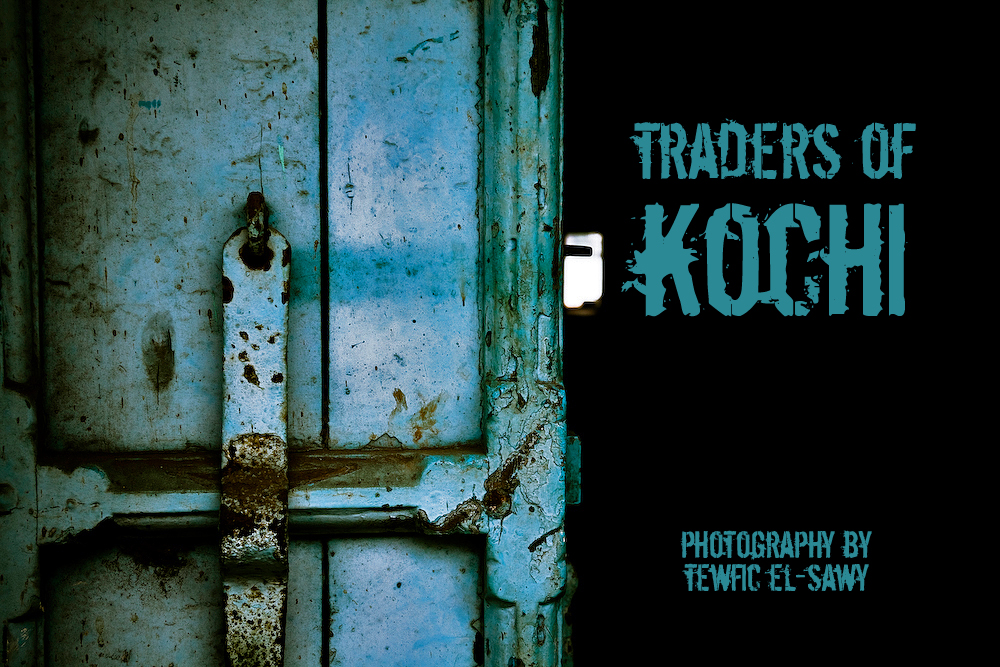
© Tewfic El-Sawy - All Rights Reserved
Kochi, formerly known as Cochin, is a city in the Indian state of Kerala. The area known as Mattencherry consists of bazaar-like alleys, traditional godowns and stores stocked with all types of spices and grains.Many of the local people are Muslims, descendants of the Arab merchants who propagated their faith along the Malabar Coast. The Arabs merchants and mariners are believed to come from the Red Sea coastal areas, and Yemen.
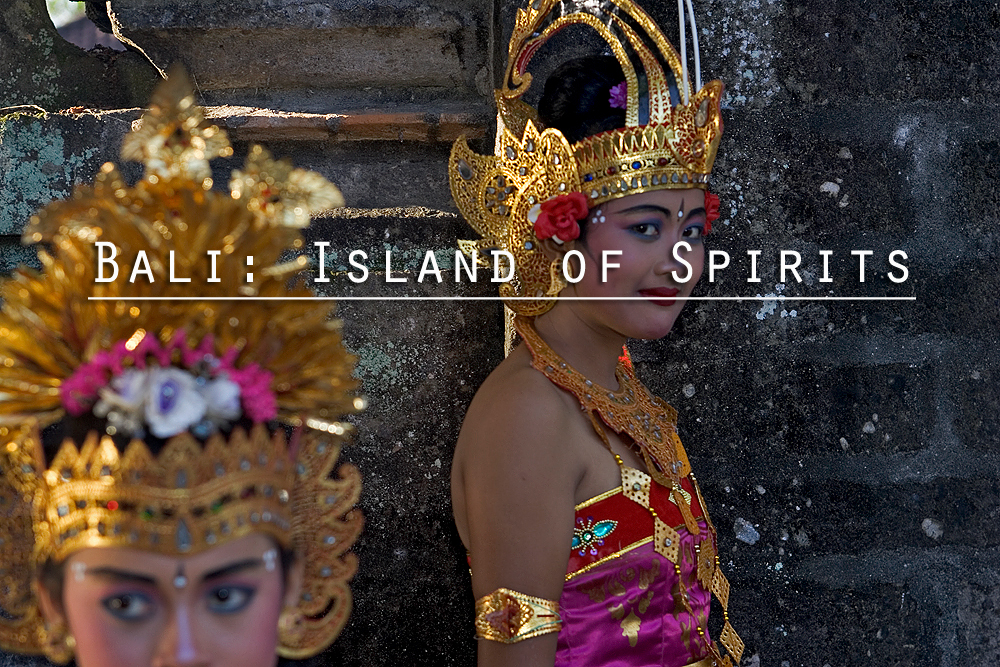
© Tewfic El-Sawy - All Rights Reserved
Every temple in Bali celebrates its own odalan marking the anniversary of each temple's completion which is celebrated on every 210th day. With over 20,000 temples on the island, and each festival lasting three days, these events take place every day across the island. Each temple has its own particular rituals, but typically the event involves local women joining a procession to the temple where they lay gifts and offerings, as well as prayer meetings, music, trance-like dancing, and puppet theater.
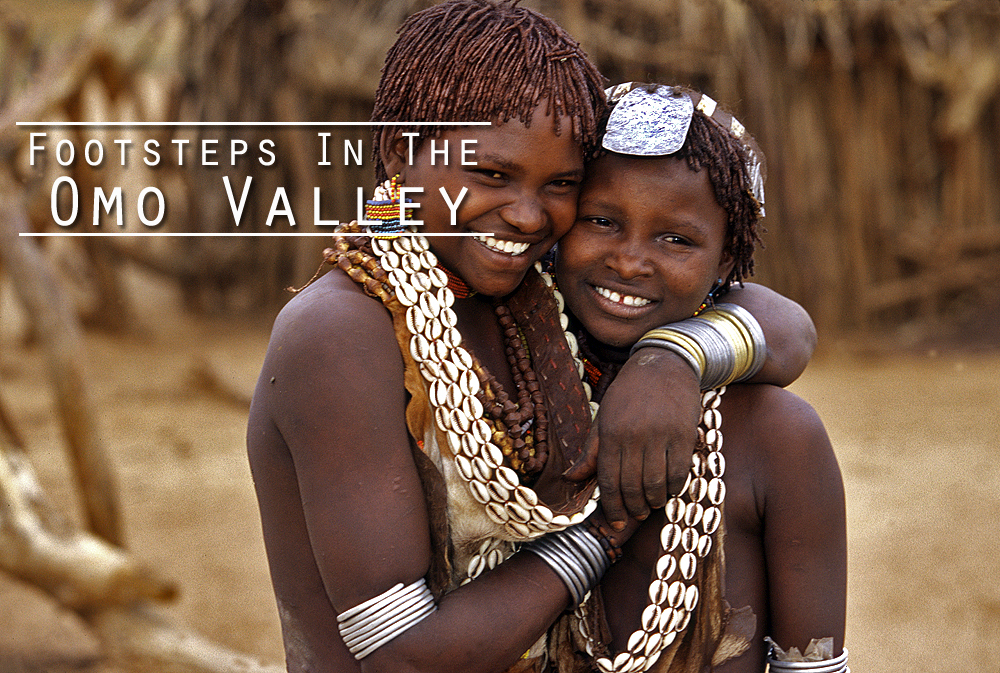
© Tewfic El-Sawy - All Rights Reserved
The Southern Omo region of Ethiopia is a desolate area where several tribal groups live in voluntary isolation from the modern world, maintaining their cultures as intact as they've been for centuries. The tribes I encountered in the region are the Mursi, Hamar, Karo, Bume, Surma, and Erbore amongst others. The most aggressive are the Mursi, who are known to carry and use AK-47s to settle inter-tribal disputes. Living in a different world, these tribes have their own distinct rituals such as the running of the bulls, and the whipping of the Hamar young women.
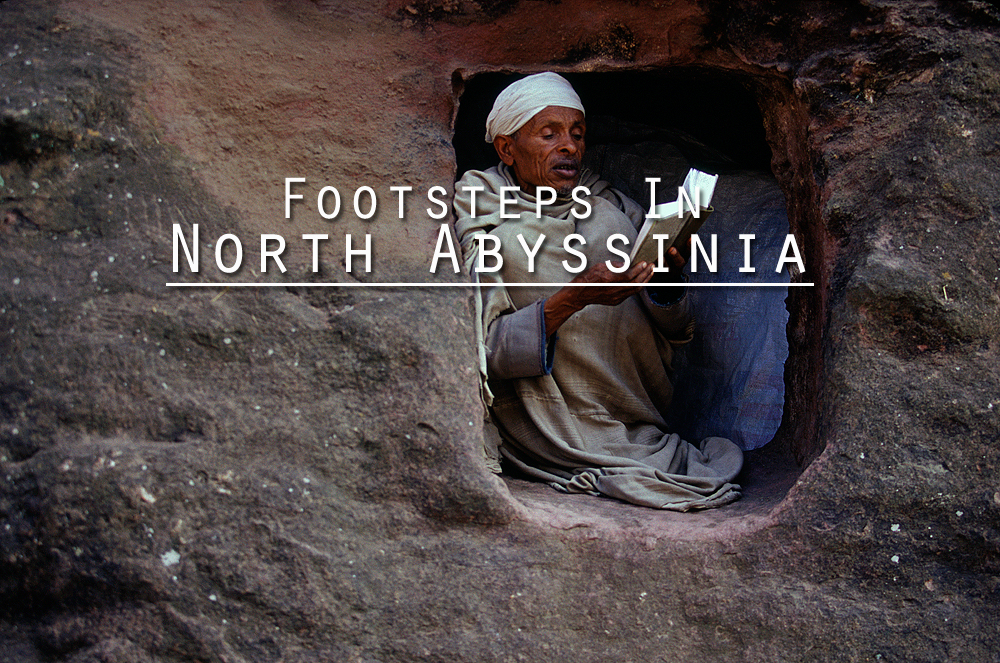
© Tewfic El-Sawy - All Rights Reserved
The main towns of north Ethiopia are Lalibela, one of Ethiopia's holiest cities, and Aksum. The former is a center of pilgrimage for much of the country, and is the epicenter of the Ethiopian Epiphany celebrations. Unlike Aksum, the population of Lalibela is almost completely Ethiopian Orthodox Christian, and was intended to be a new Jerusalem with many of its historic buildings take their name and layout from buildings in Jerusalem. The Church of St. George is the most well known of the eleven churches in the Lalibela area, and is a rock-hewn monolithic structure.

© Tewfic El-Sawy - All Rights Reserved
Street barbers are an important profession in India and South Asia, and they can set up shop virtually anywhere they please. Those in Manali make about 20 rupees per client, and while they seemed to have a thriving business, their net take-home could not exceed $5 a day taking into account whatever they have to pay (rent, protection money, etc) for a choice spot on a well trafficked street. These photographs were made during the Foundry Photojournalism Workshop in Manali (North India) in July 2009.
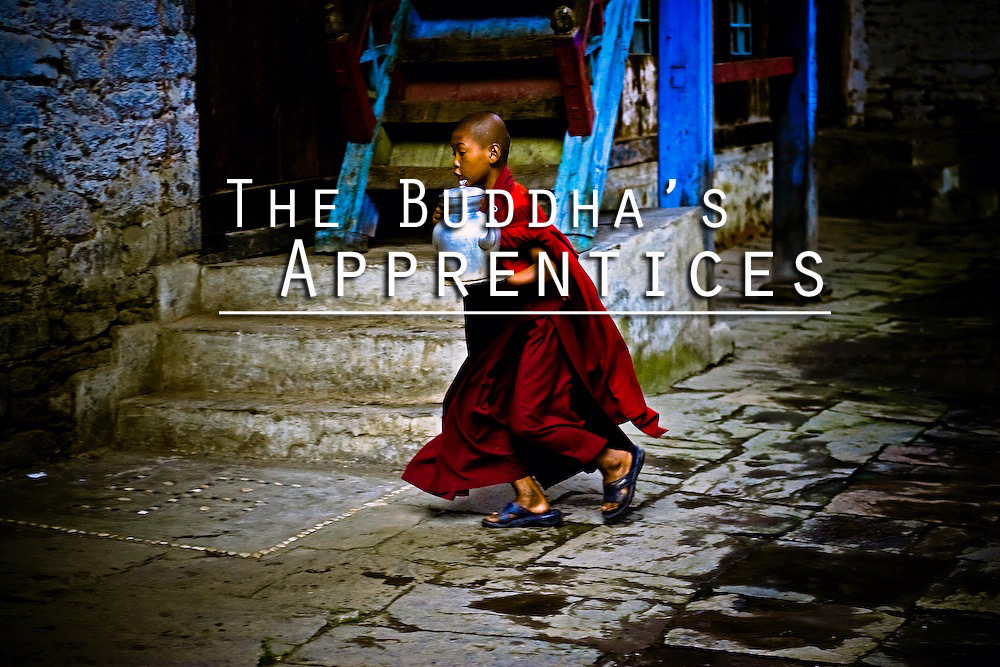
© Tewfic El-Sawy - All Rights Reserved
The religious heartland of Bhutan is replete with Buddhist monasteries, known as Gompas. There are numerous monasteries and temples throughout Bhutan, and many are built in difficult-to-access places, so as to provide a place of quiet and solitude for the monks. Most monasteries have a central chapel with statues and separate sleeping quarters for the monks. It is in these Gompas that monks and novices are taught the Buddhist tenets, and follow a spartan way of life.
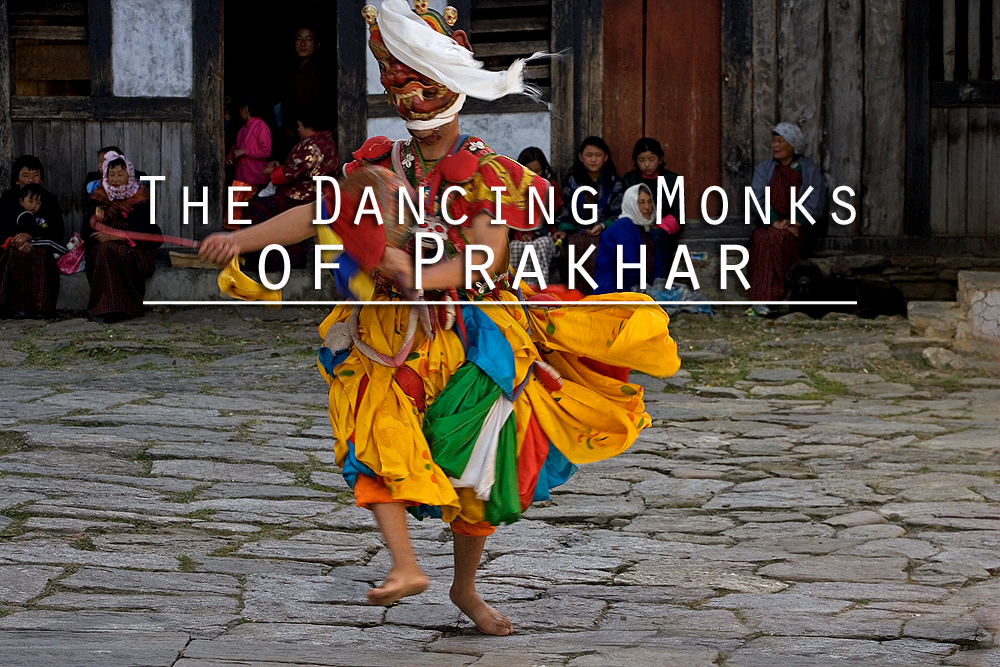
© Tewfic El-Sawy - All Rights Reserved
Prakhar is a small community village, not far from Jakar, the main center in Bhutan's heartland. It holds one of the most attractive annual tsechu, and its organizers allowed me full access to its monastery to photograph its Cham dancers. The dancers are generally monks, but here in Prakhar, they're also farmers. Perhaps their costumes and masks are not as fancy as those in the tsechus of Wangdue or Paro, but they're as elaborate and traditional.
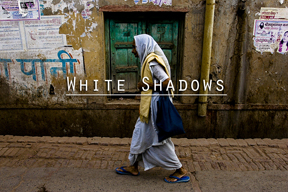
© Tewfic El-Sawy - All Rights Reserved
White Shadows is a photo essay on the widows who live in the ashrams of the Indian holy city of Vrindavan. Destitute and poor, these women rely on charity and alms to survive. As tradition dictates, they must wear white cotton saris, and they reminded me of white shadows...fleeing in the darkness of their ashrams, and waiting the deliverance of death.
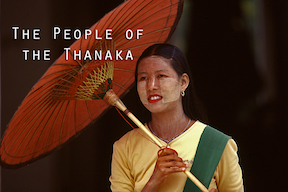
© Tewfic El-Sawy - All Rights Reserved
The Thanaka is a yellowish cosmetic paste made from ground bark, and is a characteristic feature of the Burmese. It's commonly applied to Burmese women and girls' faces, and has been used by Burmese women for over 2000 years. Most of the photographs in this gallery are portraits, although not all are of faces smeared with thanakha, however the title does the job of immediately conjuring Burma.
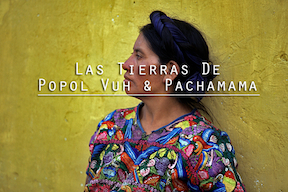
© Tewfic El-Sawy - All Rights Reserved
Pachamama is revered by the indigenous people of the Andes. Pachamama is usually translated as "Mother Earth", and is the goddess of fertility who controls planting and harvesting amongst the Aymara and Quechua people. Popol Vuh is a body of myths and historical narratives of the Quiche kingdom in Guatemala's western highlands. This gallery features photographs from Bolivia and Guatemala; the latter also including scenes during Antigua's Semana Santa.